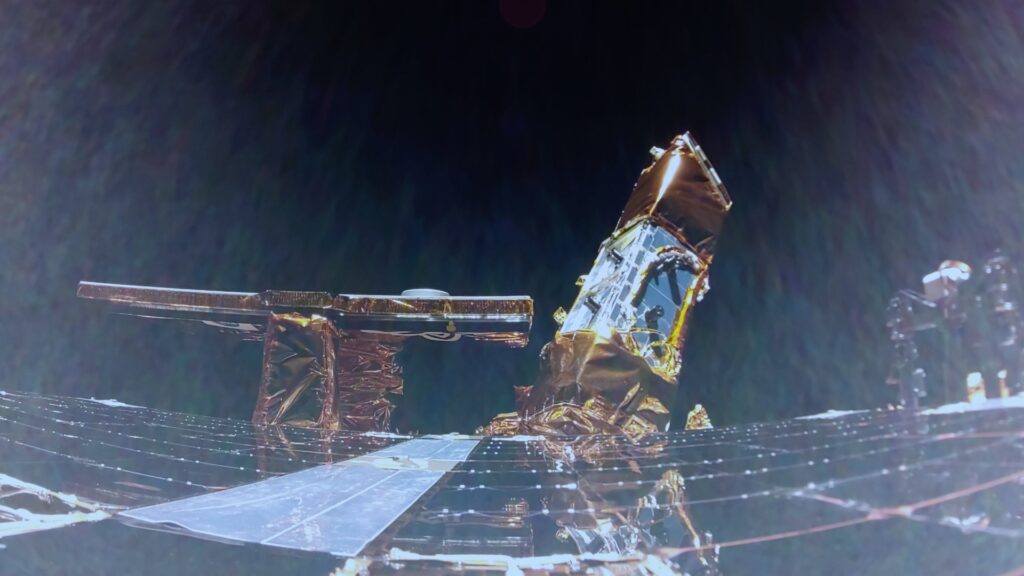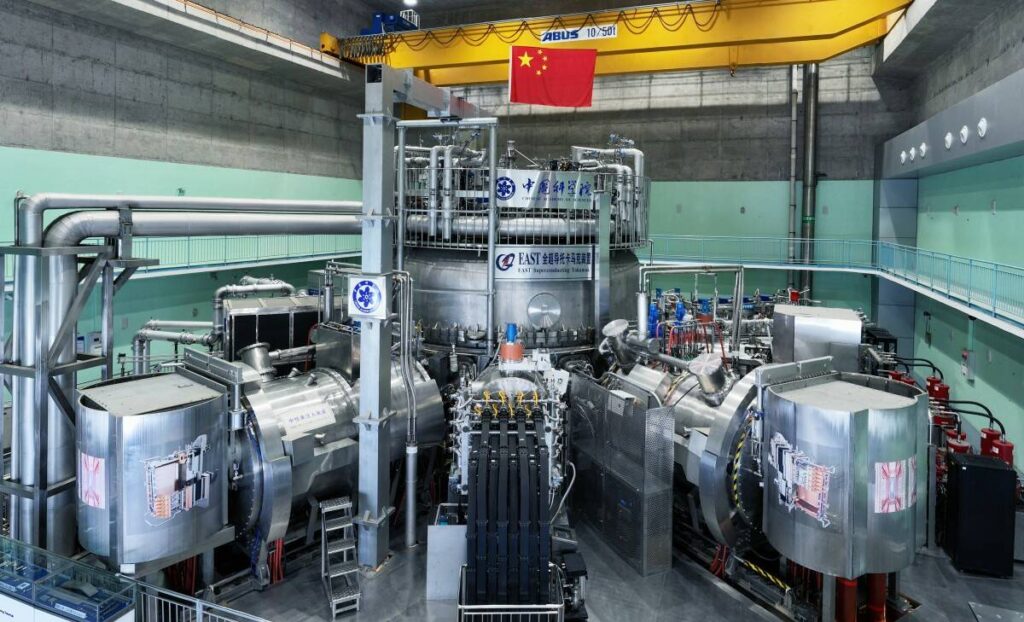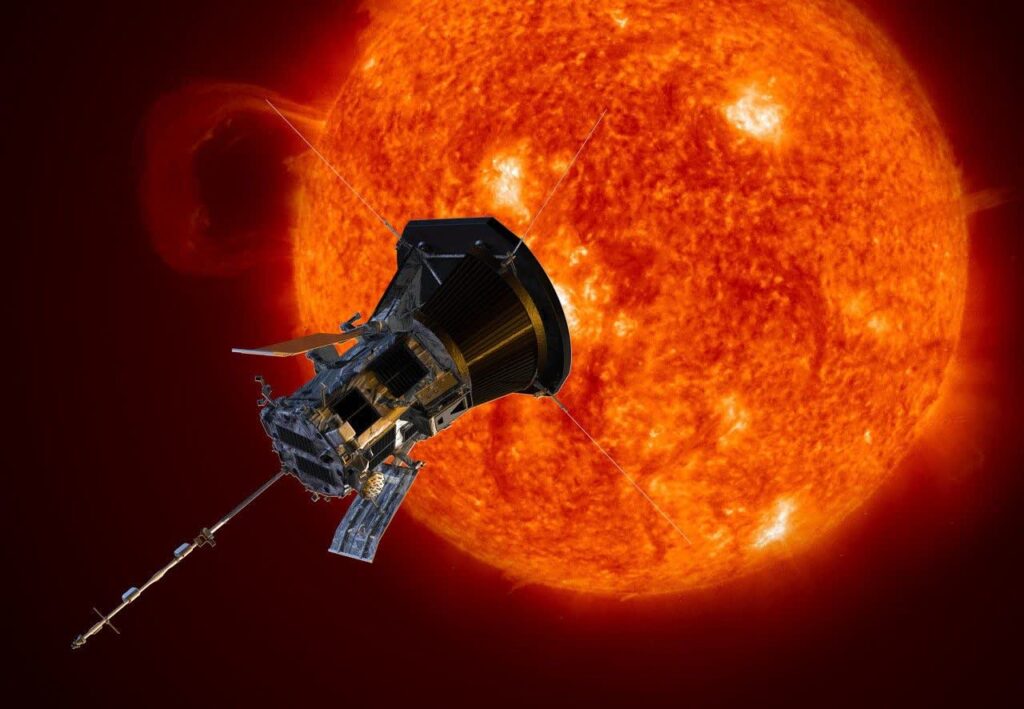China makes its bid for global AI governance

Technology tamfitronics

News
Jul 11, 20246 mins
Artificial IntelligenceGenerative AIGovernment
Technology tamfitronics Countries around the world are vying to set the tone for global regulation of artificial intelligence and now China has set out its views on global cooperation in the sector.
As China pushes for dominance in various areas of artificial intelligence, with plans to have mass production of AI-driven humanoid robots by 2025 and leadership in the sector by 2027, the country has published a set of governance guidelines and commitments for AI technology that it hopes will be adopted globally. They include calls for greater cooperation — not between East and West, but between North and South.
Unveiled at the World Artificial Intelligence Conference last week, the Shanghai Declaration on Global AI Governance lays out China’s position in five areas: promoting AI development, maintaining AI safety, developing the AI governance system, strengthening public participation and improving literacy, and improving quality of life and increasing social well-being.
“The People’s Republic of China wants to assert itself as a thought leader on AI governance, and towards that end, it released a declaration with five principles for using AI safely and ethically,” said Brian Jackson, principal research director at Info-Tech Research Group, in an email. “While Asimov only required three laws for effective AI governance — at least in robotics — this is not for the purposes of science fiction and applies to human use of AI rather than rules on how AI should behave. Much of what Shanghai writes here aligns well with NIST’s Trustworthy and Responsible AI framework.”
“But,” he added, “more than a declaration, it’s actually a call for collaboration and perhaps an attempt to steer the conversation around how the future development of AI will play out in a geopolitical sense.”
The declaration came on the heels of United Nations General Assembly’s adoption of a China-led resolution, co-sponsored by the US and other countries, which encouraged international action to help build developing countries’ AI capabilities. It had five main sections:
1. Promoting AI development
The first section of the declaration offers a commitment to actively promote research and development to, it said, “unleash the potential of AI in various fields,” as well as to “promote exchanges and cooperation on global AI research resources.”
It added, “We respect the right of all countries to independent development, encourage all countries to formulate AI strategies, policies and laws and regulations based on their own national conditions, and call for abiding by the laws and regulations of countries receiving the goods and services, observing applicable international law, and respecting their economic and social systems, religious and cultural traditions and values in carrying out international cooperation on AI technologies, products and applications.”
2. Maintaining AI safety
In this section, the declaration commits to promoting the creation of data protection rules, as well as what it described as “more timely and agile self-discipline norms for the industry.”
It said, “We agree to promote the formulation and adoption of ethical guidelines and norms for AI with broad international consensus, guide the healthy development of AI technologies, and prevent their misuse, abuse or malicious use.”
It resolved to strengthen AI cybersecurity, prevent hacking and malware, and combat AI’s use in disinformation campaigns and the manipulation of public opinion, and its use in illegal activities by criminals, terrorists, and extremists, as well as in theft and misuse of personal information.
3. Developing the AI governance system
The declaration advocates the establishment of a global AI governance mechanism, with the United Nations as the main channel. It also calls for increased representation from developing countries, in keeping with the adoption of China’s recent UN General Assembly resolution, along with participation by international organizations, enterprises, research bodies, social organizations, and individuals.
And, it said, “We agree to strengthen the regulatory and accountability mechanisms for AI to ensure compliance and accountability in the use of AI technologies.”
4. Strengthening public participation and improving literacy
The focus of this section was on public participation in decision-making around AI, and on raising awareness of the technology and encouraging digital safety awareness.
5. Improving quality of life and increasing social well-being
The declaration committed to promoting AI in areas such as sustainability, energy management, and resource use to address global issues.
Contradictions?
There are, however, some apparent contradictions in the principles, Jackson said.
“The first principle about promoting AI development focuses on a call for global collaboration,” he noted. “We have to look at this in the context of recent efforts by the US to cut China off from accessing AI capabilities by limiting the trade of technology. China is trying to push back and encourage more exchange, perhaps hoping to avoid being hindered by a lack of access to US-produced semiconductors and AI-related research advancements.
“Yet later, in principle #3, developing the AI governance system, there is mention of North-South and South-South cooperation – but not East-West cooperation. This could be read as China saying that the developing world needs to be included. Or it might be read as saying, “We don’t need the US.”
Nevertheless, the declaration concluded, “We are fully aware that the implementation of this declaration requires our joint efforts. We look forward to positive responses from governments, sci-tech communities, industrial communities and other stakeholders around the world. Together, let us promote the healthy development of AI, ensure AI safety, and empower the common future of mankind with AI.”
However, Jackson said, one commitment not made in the declaration is a promise to refrain from using AI from a military perspective.
“It seems that in a declaration that’s full of calls to put people first and avoid AI being used by bad actors to harm people, there could be an opportunity to specify that China will not pursue these activities itself,” he said. “There have been global calls to commit to not using AI for autonomous warfare, and that commitment could have been made here. But it’s not.”
Related reading:
Technology tamfitronics Related content
IFS acquires EmpowerMX to bolster its aviation sector offering
IFS will offer its AI capabilities to users of EmpowerMX’s aircraft maintenance, repair, and operations (MRO) management software.
By Anirban Ghoshal
Jul 12, 20243 mins
ERP SystemsMergers and AcquisitionsEnterprise Applications
US lawmakers raise a red flag over Microsofts $1.5B investment in G42
The lawmakers want an assessment before the investment moves to the second phase, which involves the transfer of export-restricted semiconductor chips and model weights.
By Gyana Swain
Jul 12, 20241 min
Artificial IntelligenceData Center
Green Software Foundation: On a mission to decarbonize software
As the global economy sets its sights on decarbonization, the software industry is coming under increasing scrutiny. Green Software Foundation, with its mission to standardize industry best practices for sustainable software development, is here to h
By Poornima Apte
Jul 12, 20248 mins
Software DeploymentGreen ITSoftware Development
Ulta Beauty embraces low-code to deliver better CX
As the largest beauty retailer in the US, Ulta provides everything from cosmetics and skin care products, to fragrances and salon services. But to enable greater speed and accuracy of services, the company has found success with help from low-code te
By Joanne Carew
Jul 12, 20245 mins
CIOHealthcare IndustryGenerative AI
SUBSCRIBE TO OUR NEWSLETTER
From our editors straight to your inbox
Get started by entering your email address below.
Discover more from Tamfis Nigeria Lmited
Subscribe to get the latest posts sent to your email.



 Hot Deals
Hot Deals Shopfinish
Shopfinish Shop
Shop Appliances
Appliances Babies & Kids
Babies & Kids Best Selling
Best Selling Books
Books Consumer Electronics
Consumer Electronics Furniture
Furniture Home & Kitchen
Home & Kitchen Jewelry
Jewelry Luxury & Beauty
Luxury & Beauty Shoes
Shoes Training & Certifications
Training & Certifications Wears & Clothings
Wears & Clothings
















